There have been several flavors of wide-nose / wide-cab designs over the years. I have not seen a site that has pictures of all on one page. So here they are in rough chronological order.
This article covers only hood unit and cowl units. Carbodies and monocoque designs are a different subject altogether.
Early EMD
The earliest version from 1967 had no crash safety benefits over a standard cab, and was designed purely for aesthetic reasons. Created for the cowl units FP45 and F45, the same design was also used on the DDA40X hood unit.


Passenger-only no-steps version
This was similar to the first design, but lacked stairways and handrails. Used most notably on the ill-fated SDP40F of 1973, and F40C. All locomotives with this cab were cowl units.
The first ones built had a nose almost exactly like the FP45:

On subsequent units the point of the nose, where the door was, was flattened.
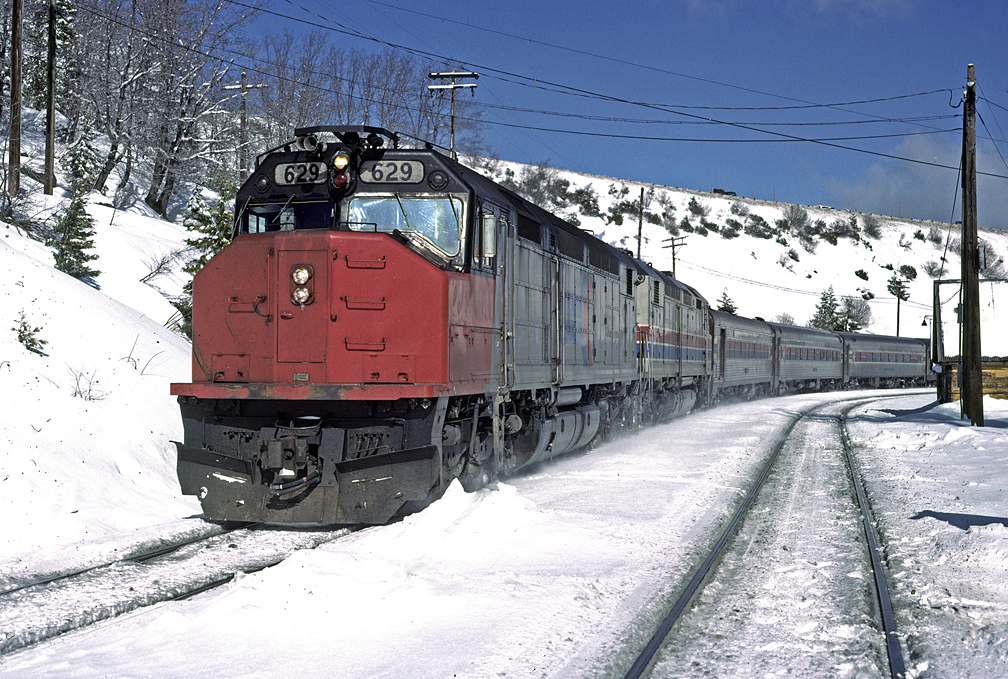
When the SDP40F was put into freight service as the SDF40-2, stairs and cutouts in the nose were added.
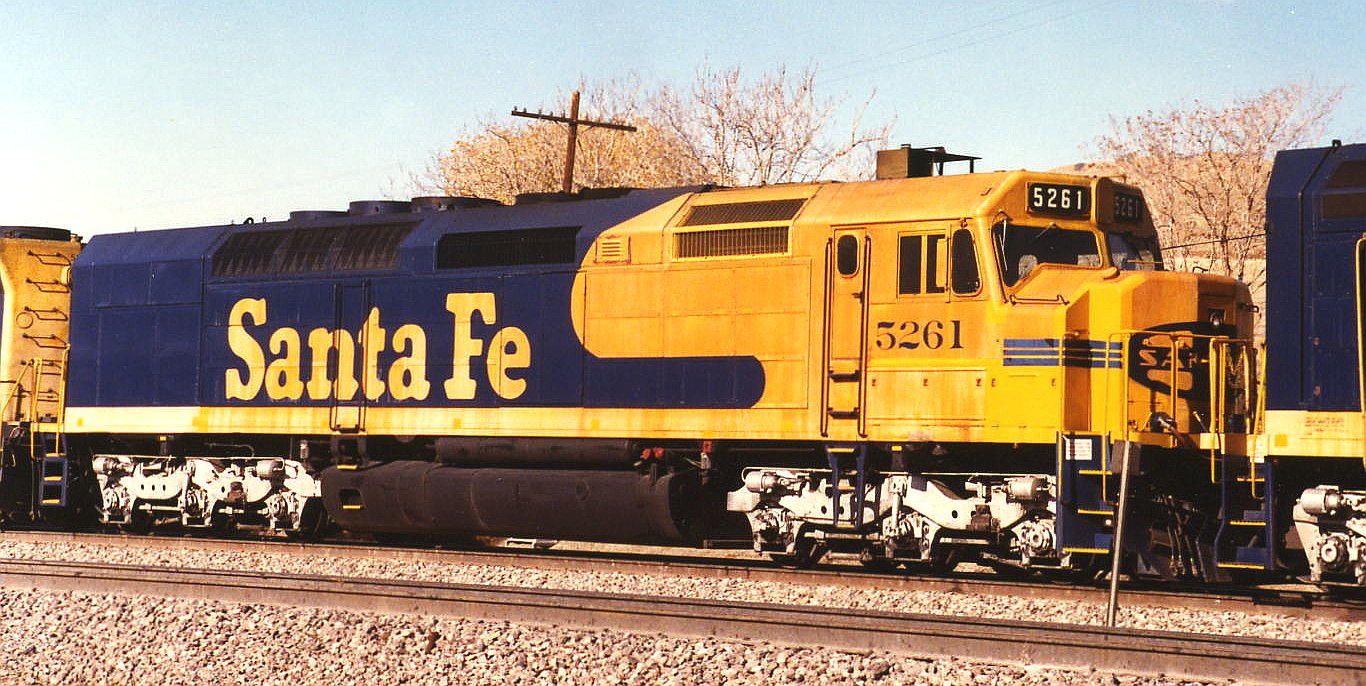
EMD F40PH
Unique and unmistakable for anything else, especially by EMD. The F40PH of 1975 featured a much simpler nose design than its older cousins, and became the face of Amtrak for the next 20 years.

Early GE
GE, like EMD, produced wide-nosed cowl units for passenger service. Unlike the EMD counterparts, these appear to be one-offs, not part of the overall evolution of cab design. Not very many of these were ever built, and none survive.


Canadian Comfort Cab
The true “Canadian” Cab was created by CN in 1973. This was the first cab that was designed with crew safety in mind. All units with this design were originally sold in Canada but a number have been resold to US railroads and can be seen on shortlines and lease fleets.
For many years, US railfans tended to call almost any freight locomotive with a wide nose a “Canadian Cab”, as wide nose designs didn’t catch on down here until the early 90s.
The actual Canadian version can easily be distinguished by the four front window panes. Unlike the earlier (and most later) EMD designs, these windows are vertical rather than slanted back.
CN continued to order these from multiple manufacturers into the 90s, when they switched to the same 2-window models as US railroads.
EMD version
Used on GP38-2W, GP40-2LW, GP40-2W, SD40-2W, possibly others.
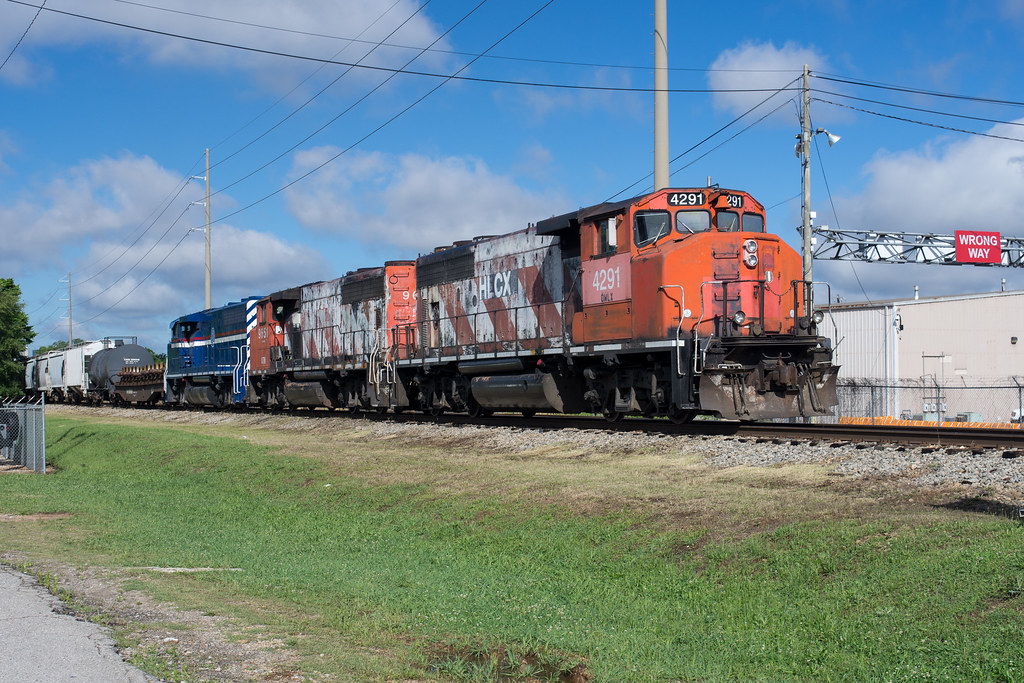
MLW version
Differs from the contemporaneous EMD design by the shape of the windows.

GE version
Looks very similar to the EMD one, but on a GE locomotive. Used on C40-8M, C44-9LW, possibly others.

EMD Triclops
Unmistakable 3-window design. Otherwise very similar to the Canadian cab. Introduced circa 1988 and used for the SD40-2F, F59PH, and the earliest orders of SD60M. This can still be seen on mainline freights, but is rare and much sought after by railfans.
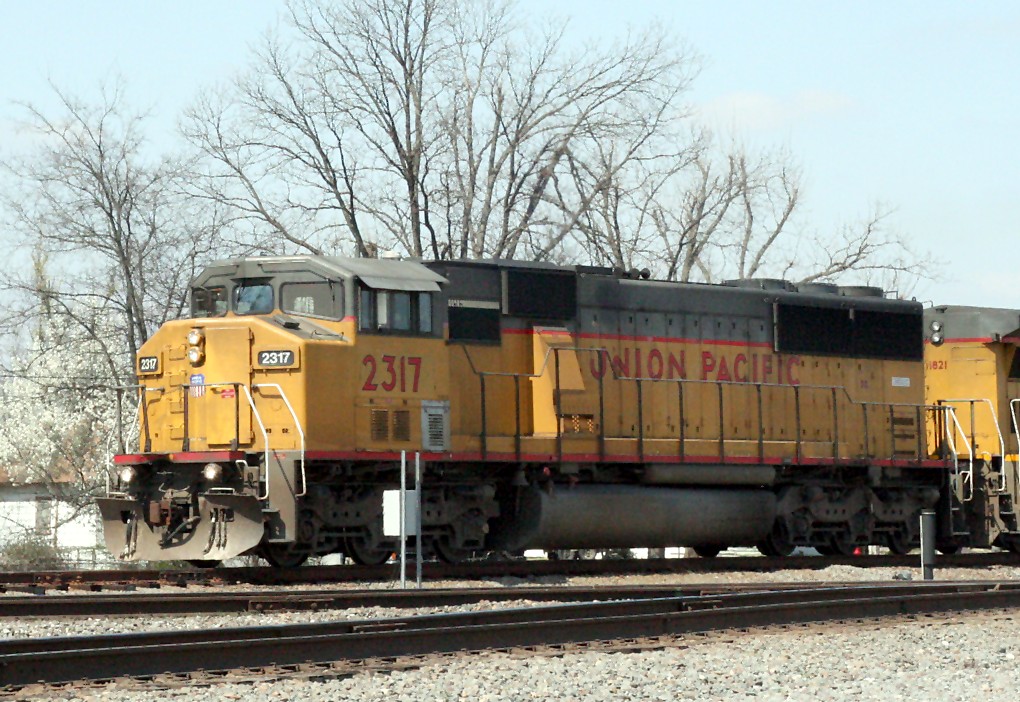
EMD North American Safety Cab
The most numerous EMD variation, starting in 1990. “North American” means the cab was sold in both the US and Canada, unlike earlier versions that were only for one country or the other.
Note superficial resemblance to the original 1967 design, particularly the shape of the windows. One visible, though small, difference is the nose on these is slightly tapered and the corners are more rounded.
Used on SD60M, SD60MAC, SD70M, SD70MAC.

Sante Fe offset-light version
Designed by Sante Fe and used only for the GP60M. This design has a headlight that is not actually in the center of the nose but just to the right of center when facing the locomotive. Unlike the standard EMD wide cab, the nose is not tapered and looks more like the FP45 cab.

Whisper Cab
This looks nearly identical to the standard version, but was the first EMD cab isolated to reduce noise and vibration. A vertical seam is visible on the side of the nose. Used on SD60I, SD70I, SD80MAC, early SD90MAC.
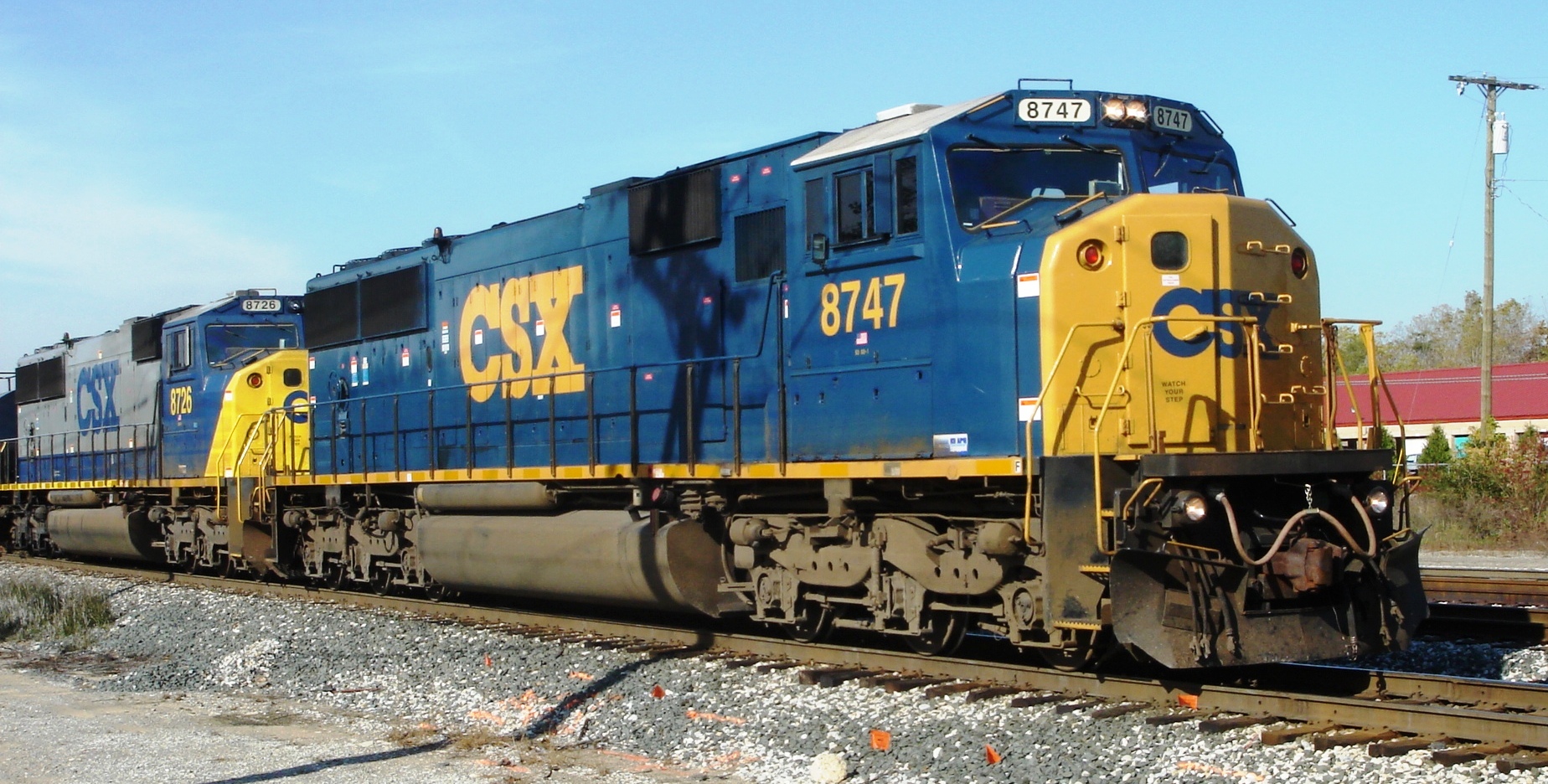
Later “notched” version
Used on late examples of SD70M and SD70MAC. Nose has a slightly taller mid-section to accommodate full-height door, resulting in a somewhat “notched” appearance. The whole nose is less rounded and more angular than before, and no longer tapered.

Current Design, “more notched”
Late SD90MAC-H (1999), SD70ACe (2004-2014), SD70M-2, and several others. The nose is deeply notched to improve visibility. The distinctive teardrop window shape of earlier designs is gone.

On the SD70ACe-T4 produced since 2015, the nose shape is simplified – but still deeply notched – and the original EMD window shape has returned.

General Electric, Current Design
Unlike the constantly changing EMD, GE’s cab/nose design basically looks the same on nearly models since 1990. If it ain’t broke, don’t fix it.
There are thousands on the rails, the most likely thing to see leading any mainline train. Examples include Dash-8, Dash-9, AC4400CW, ES44AC, ES44DC, etc.

Prototype version
This one-off prototype was created in 1988 from a B40-8.

Canadian Dash-9 “Australian” Cab
This seems to have been used in North America only on CN C44-9W’s, and on several GE models sold to the Australian market. Notice the EMD-like front windowpane shape.

Norfolk Southern Crescent Cab
Used for the SD60E rebuild program. This cab is designed by NS and manufactured by Curry Supply.

NS has a similar cab built by RLS that is used on the Dash-8.5 rebuilds.
